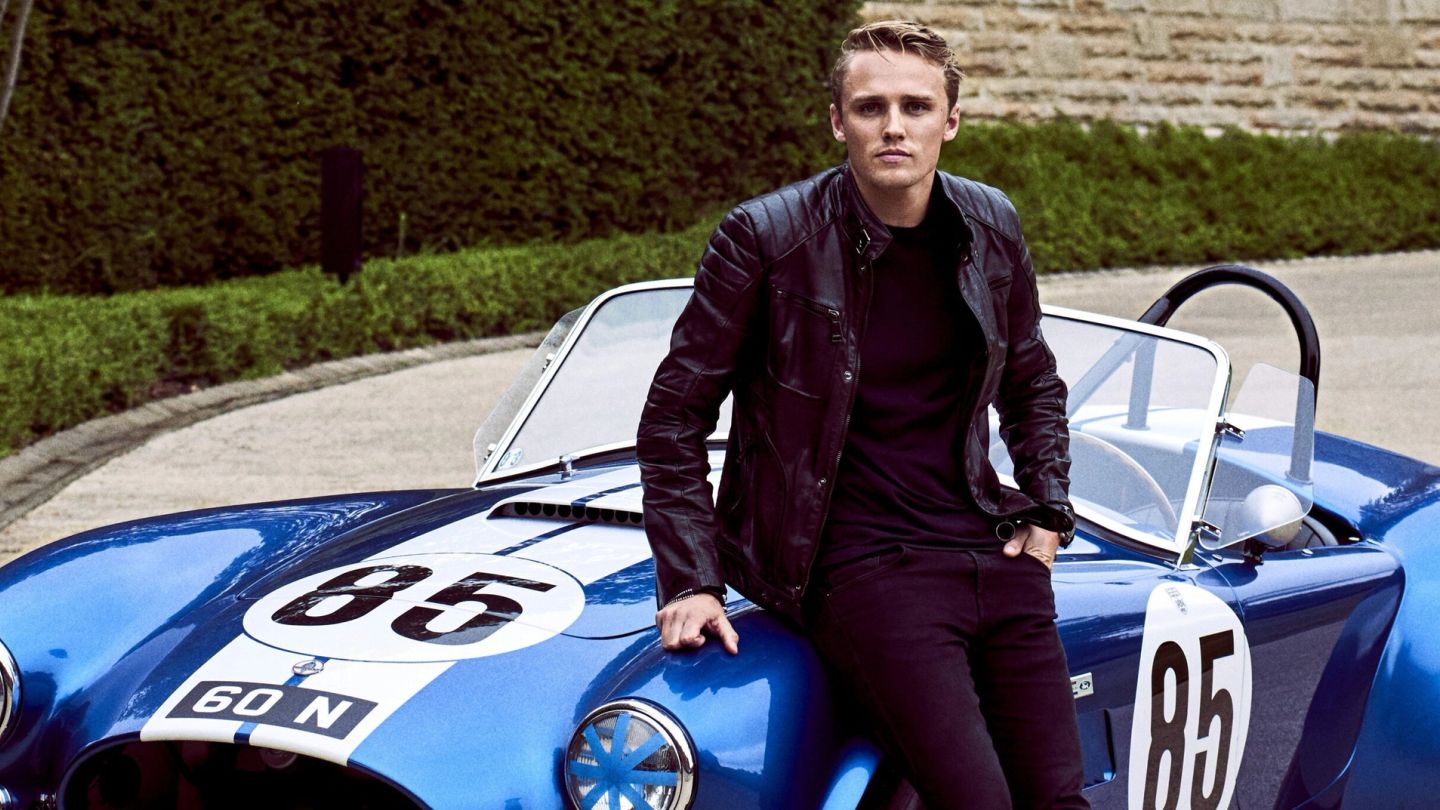

Words: Jonathan Wells
Three years ago, Max Chilton was lining up for his final Formula One race. His team, Marussia, had been struggling behind the scenes all year and, just a week before the Russian Grand Prix, Chilton’s teammate Jules Bianchi suffered an ultimately fatal accident, causing him to become the first Formula One casualty since Ayrton Senna. Times, for the young British driver, were tough.
“It was incredibly emotional,” says Chilton when I meet him at his parents’ house in Surrey this summer. “Marussia were finished, and Jules’ car – even though it was there – wasn’t racing. I knew Sochi was my last race.
“It was sad, and nobody in Formula 1, for many years, had just run one car. Usually, they’d get another driver in. So that was difficult, and it was something I’ve never experienced before. I tried to soak everything in, but it was hard. And we had a mechanical failure, so I didn’t even finish my last race.”
As endings go, Marussia’s was tragic, dramatic, and absolute. But, three seasons on and wunderkind Chilton has bounced back into the driving seat. Only now, he’s making waves across the pond in the American IndyCar Series.
Chilton became the next star of IndyCar by chance. After racing a stage of the Indy Lights championship (a junior division of IndyCar) for a favour, a win saw the racer approached by almost every IndyCar team, with offers to be a part of their 2015 racing seasons.
“For those who don’t know,” Chilton explains, “IndyCars look just like Formula 1 cars, but there are only two engine options across the entire grid, and no power steering. But it’s a fairer sport than Formula 1 as a result.”
With 17 races spanning seven months, Chilton now spends much of his year in the States. But, by the racer’s own admission, he doesn’t think he’ll ever be able to call anywhere but his native Surrey home.
“I’ve crossed the Atlantic almost 80 times now,” laughs Chilton, “and that number’s only bound to go up. I’m getting married in three weeks’ time, and closing on a house in Reigate on Friday.”
But though his friends and family may be here, Chilton’s livelihood is worlds away from the sleepy back roads of Surrey. In May this year, the young Briton stormed to 4th place in the Indy500, the tentpole event of the championship.
“It’s the biggest race I’ve ever done,” concedes Chilton. “I think it could be the biggest race there is. I mean, I used to watch the Indy500 on television and just think it was left, left, left. But it’s 500 miles at 230mph. You’re pushing the limit of the car all the time, and the risk is so high. There’s a concrete wall right next you – hit that, and it could be game over.”
Nobody in Formula 1, for many years, had just run one car. Usually, they’d get another driver in. So that was difficult
And, for Chilton, it almost was. Last year, in Indianapolis, the driver spun his car into the wall during qualifying – an experience, he tells me, he’d rather not repeat.
“I felt like I’d been tackled by the England rugby squad,” Chilton says, playing a clip of the crash on his phone. “I couldn’t feel my knees. That’s when I thought: This is more dangerous than F1. But also, more exciting.”
The typical American track, Chilton explains, is slightly tighter than in Formula 1. It doesn’t have as much run off, but it has more character.
“These days, F1 tracks are pristine, and that risks becoming boring. The tarmac is like glass, the barriers have all been manicured and the flags have been replaced by LED boxes. America may be behind F1 on track development, but at least it doesn’t feel like driving around a car park.”
The racer, who drives for the Chip Ganassi Racing team, believes that the dumbing down of Formula 1 may be responsible for the American series’ growing popularity. Both Alexander Rossi and Esteban Gutiérrez jumped from the Formula 1 ship onto the Indycar bandwagon in 2016, and even Fernando Alonso tried his luck at the Indy500 this year.
But does Chilton think this trend of changing disciplines will continue? And, more importantly, would he consider switching again?
“Let’s see,” laughs the young racer. “I wouldn’t do NASCAR. I’d definitely do Le Mans again – I did it with Nissan, but we didn’t finish. I wouldn’t do MotoGP – that terrifies me. I wouldn’t do rally. But I would do Rally Cross, which is just rally with a shorter track and some jumps. Jenson Button’s going to start doing it, and I’ve always enjoyed watching it. So I’d bite someone’s hand off to try that.”
But the big question is, three years after Sochi, would Chilton ever return to Formula 1?
“Such a difficult question. I mean, I remember saying I’d never do IndyCar. But you never know what’s around the corner. I don’t know how rewarding I’d find Formula 1 anymore – but yes, I would go back. Just not to a back seat car…”
To read more from our interview with Max, and many other features in our latest issue, make sure to subscribe to the magazine to receive the issue to your door.


